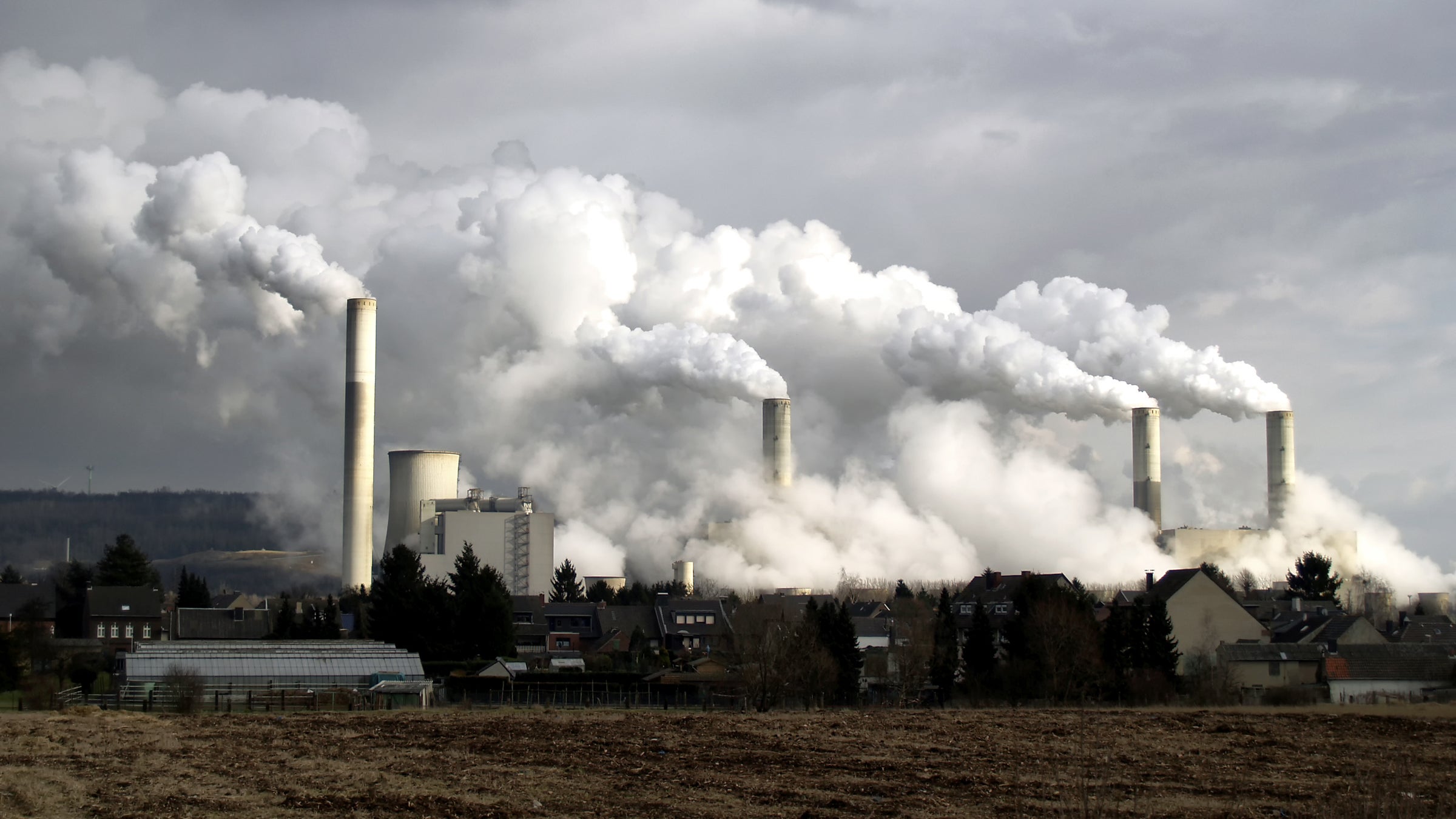Carbon dioxide concentration in the earth’s atmosphere increased in 2013 at the fastest rate in nearly 30 years, according to the World Meteorological Organization’s annual . Paired with research from the Intergovernmental Panel on Climate Change, the findings suggest that we have five years to reduce emissions before reaching a climate change tipping point.
Scientists previously identified a rise of two degrees Celsius in global average temperature—linked with a threshold of 400 parts per million of carbon dioxide in the atmosphere—as a target for averting unpredictable changes in the earth’s climate. If emissions keep increasing at this rate, we’re set to pass the average 400 ppm mark , although concentrations have already spiked past that to 478 ppm in April 2013.
To stay below the tipping point, new research suggests that after 2018 we’ll have to halt production of anything that —cars, homes, power plants—unless it’s carbon neutral. These findings build off an that states limiting civilization’s total carbon emissions to 1,000 gigatons will give us a 50 percent chance of staying below the two-degree Celsius mark. The that we will go over budget in 2018 unless we begin taking immediate measures to reduce emissions.


